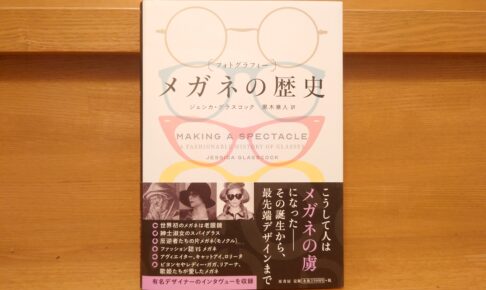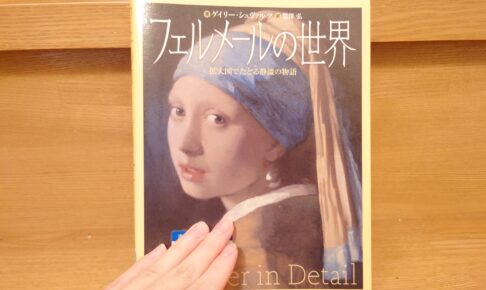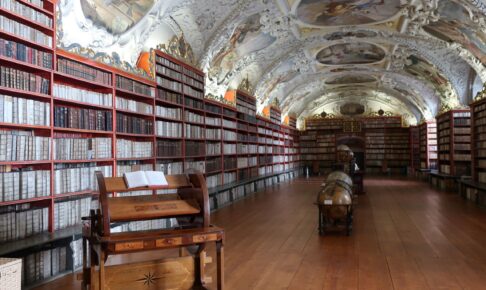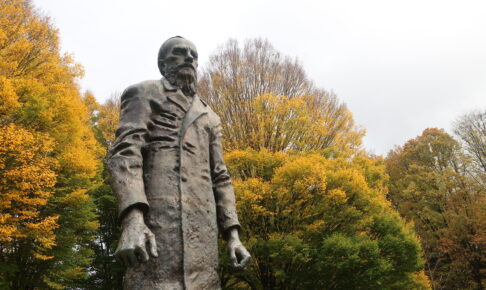Kazuhiko Yoshida, "Spinoza: Philosophy of Human Freedom" - A recommended introduction to Spinoza's life and historical background!
The author, Mr. Yoshida's narrative is very easy to understand and relate to. Reading it is like listening to an interesting class.
Spinoza may have a difficult image, but this book does not preach anything that complicated. What he was trying to say and what he was fighting against are explained in an easy-to-understand manner through the background of his life and times.
This is a great book that I would highly recommend. This book helped me a lot. I highly recommend you to pick up a copy.


















































